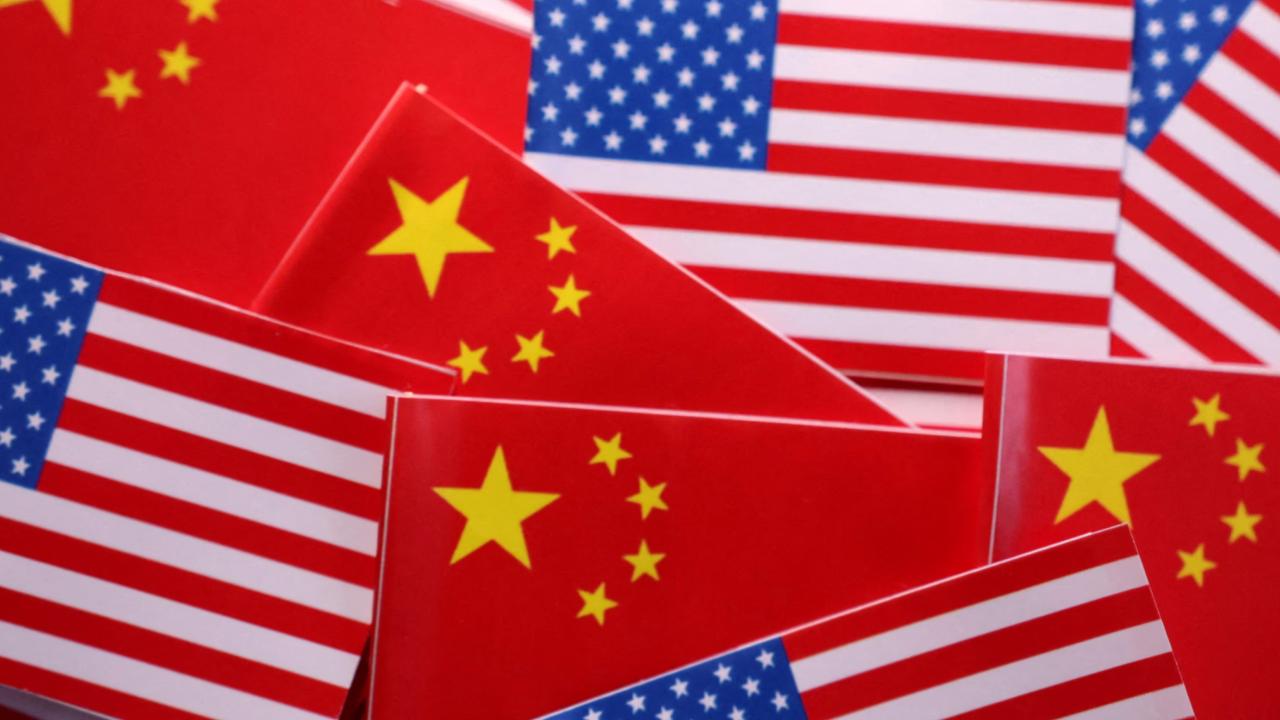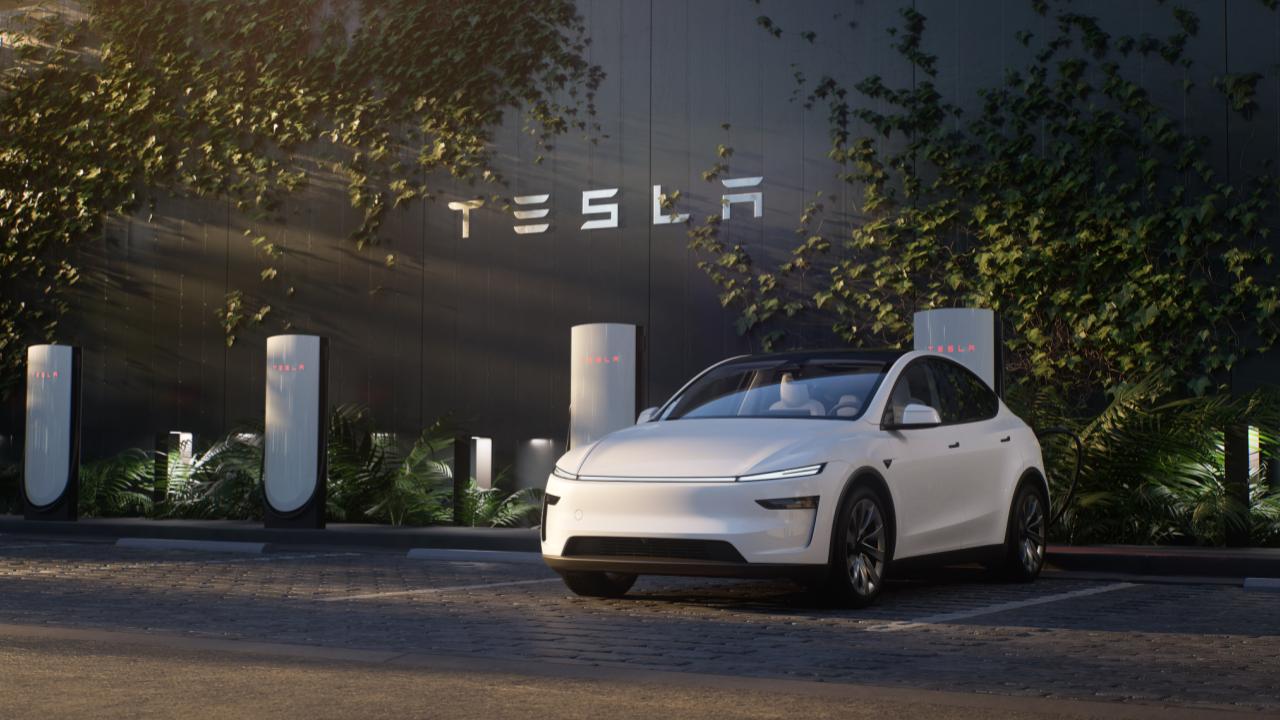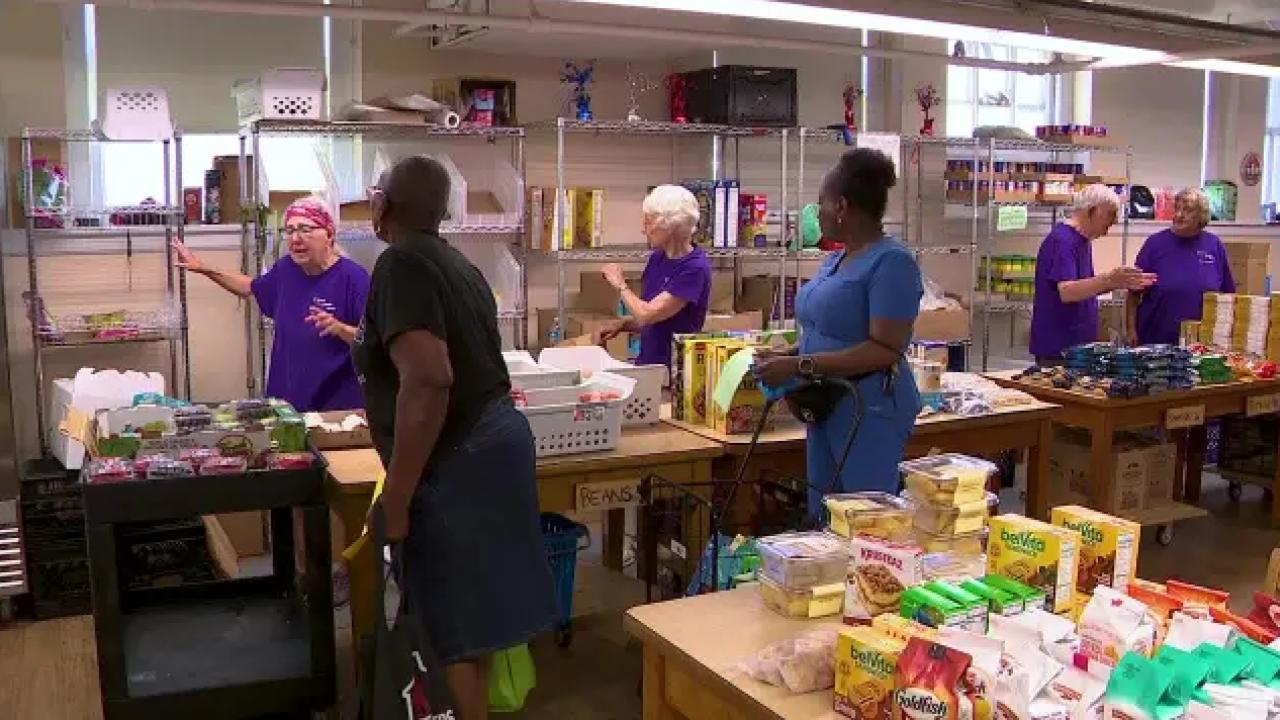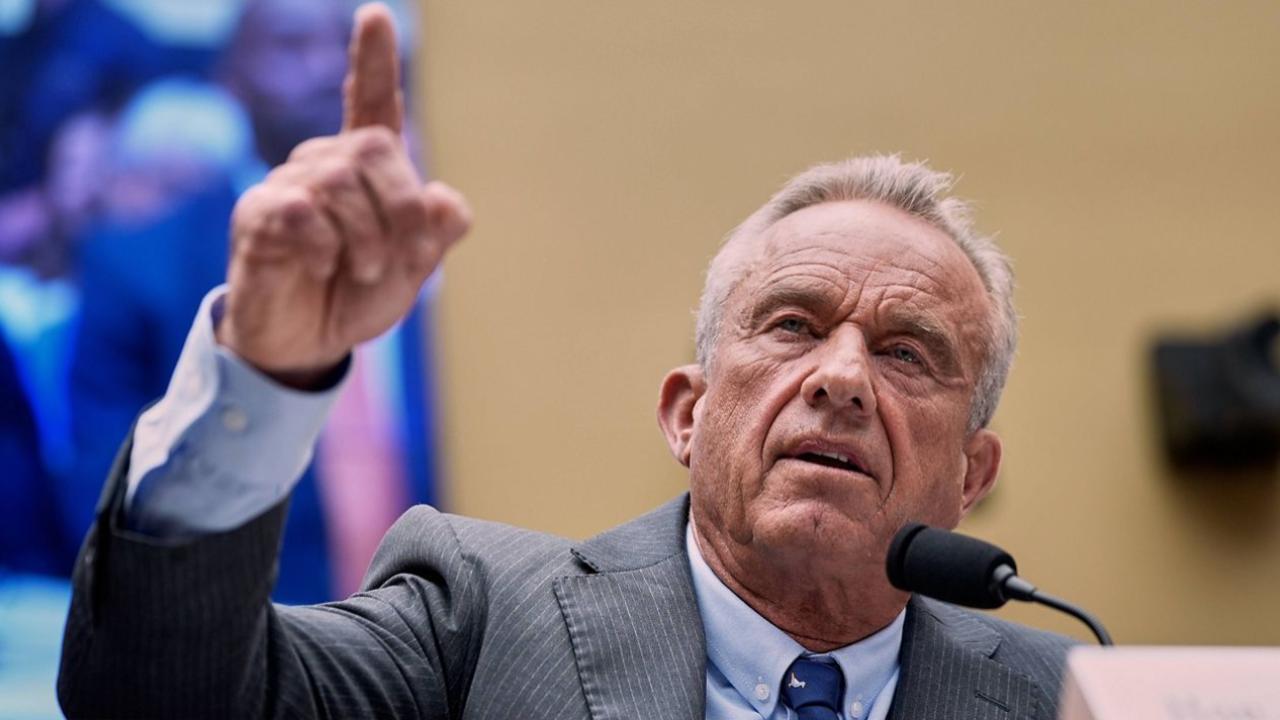Former President Donald Trump is pitching his latest legislation as a “Big Beautiful Bill”—a sweeping tax-and-spending package meant to jumpstart the economy and help American families. But tucked inside is something many parents might miss: a voucher-style tax credit that could quietly gut funding for public schools across the country.
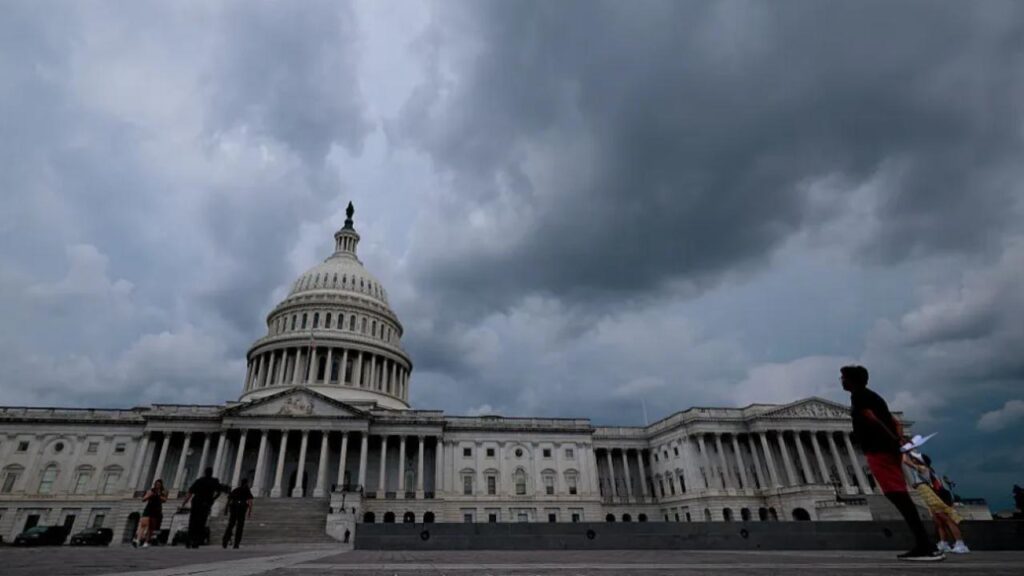
Trump’s ‘Big Beautiful Bill’ Isn’t What It Seems
| Takeaway | Stat |
|---|---|
| $5 billion/year tax credit for private school donors | May cut public school funding |
| Up to 17 million could lose Medicaid under proposed work rules | Health & education hit combined |
| Plan called worst threat to public education in decades | Equity at stake |
Trump’s “Big Beautiful Bill” may sound promising, but its impact on public education could be severe. With billions redirected to private schools, cuts to Medicaid, and rising inequality, the bill paints a risky future for America’s students. Parents, teachers, and community leaders should take note—and take action—before this bill becomes law.
The Voucher Loophole Hiding in Plain Sight
Trump’s bill includes a major new tax benefit that gives wealthy Americans a dollar-for-dollar federal tax credit—up to $5 billion per year—if they donate to organizations that fund private K–12 scholarships. Supporters claim this boosts school choice. Critics say it’s a backdoor voucher program that will starve public education.
These “scholarship organizations” aren’t required to serve all students. Many private schools reject applicants based on test scores, religious beliefs, or special education needs. And because these donations are federally subsidized, they reduce the pool of money available to fund public schools.
“It’s the largest backdoor defunding of public education I’ve seen,” said an education policy advisor I spoke with off record. “It looks like philanthropy but acts like privatization.”
Less for Public Schools, More for Selective Privates
Public schools are legally obligated to educate everyone: students with disabilities, kids in foster care, English-language learners, and more. But when money shifts to private schools that don’t follow those rules, public districts are left with greater challenges and fewer resources.
One principal I interviewed in Philadelphia told me her school already cut library staff and music class due to budget freezes. “If this goes through, we’ll be operating on fumes.”
Time Magazine called it “the most dangerous education policy since desegregation”—noting that many past voucher schemes increased racial and economic inequality by creating more segregated school systems.
Medicaid Cuts Compound the Harm
The bill doesn’t just hit education. It also includes Medicaid work requirements that the Congressional Budget Office says could cause up to 17 million Americans to lose coverage—many of them children or families already struggling with poverty.
When schools lose Medicaid support, they also lose funding for school nurses, counseling services, and support for special education. This affects kids’ ability to learn and thrive in the classroom.
It’s a double-whammy: first, less money in the classroom due to the voucher provision. Second, fewer support services due to healthcare cuts.
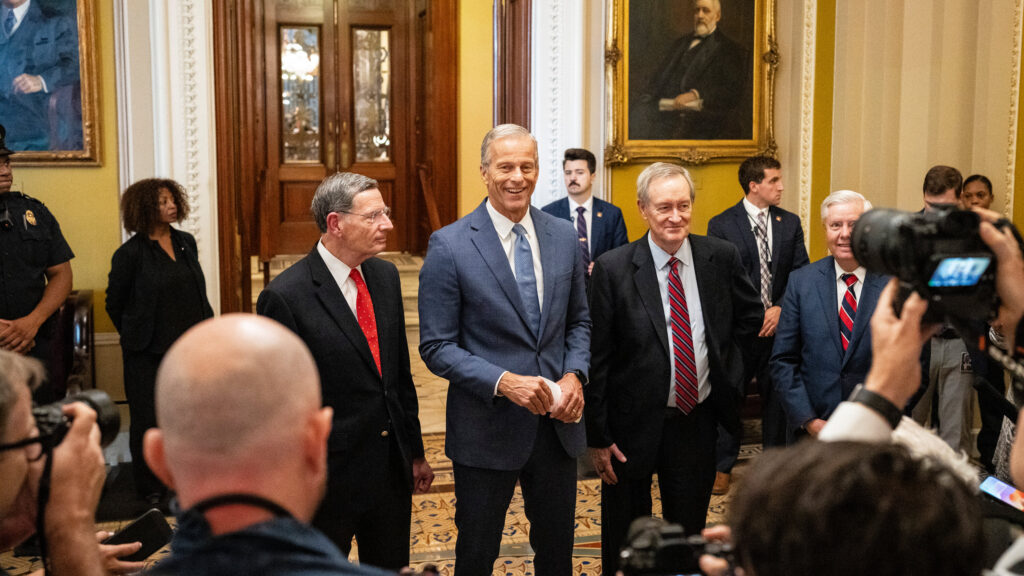
What Happens Next?
The House passed the bill in late May. The Senate is expected to vote after the July 4 holiday. Some elements—like parts of the Medicaid reform—were challenged by the Senate parliamentarian, but the school voucher tax credit remains intact.
Analysts say the bill could add $2.5 trillion to the federal debt over 10 years. Critics argue it mostly benefits the wealthy while undermining core social programs. “I’ve worked in education for 25 years,” said one superintendent from North Carolina. “We don’t need gimmicks. We need sustainable investment. This bill does the opposite.”
What Parents Can Do
- Call your Senator—especially if they’re on the fence.
- Raise awareness through PTAs and local school boards.
- Track your school district’s funding to see if federal shifts cause cuts.
- Vote—midterms and local elections shape education policy.
FAQs
What is the voucher tax credit in the bill?
It allows full federal tax deductions—up to $5 billion a year—for people who donate to private-school scholarship groups. These act like vouchers, diverting public funds.
Does this hurt public schools?
Yes. It reduces available funding while increasing the burden on public schools to serve all students.
Is there any benefit to families?
Trump’s proposal includes “Trump Accounts”—$1,000-per-baby savings plans—but they don’t offset the impact of broader funding losses.

